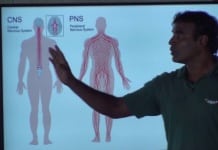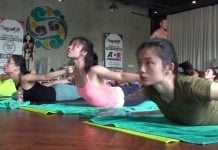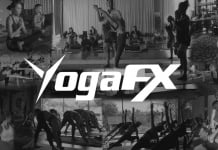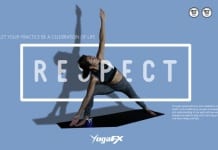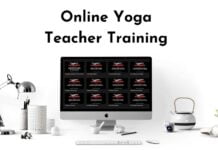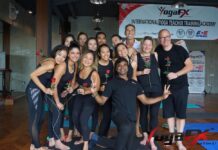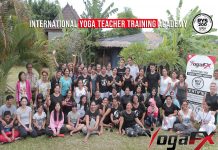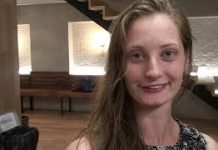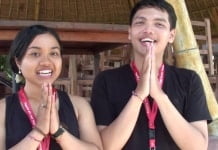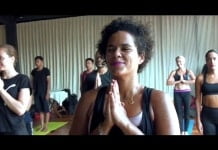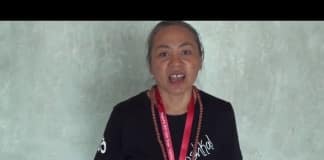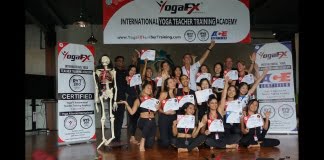This list of famous yoga instructors has shaped the way Americans practice from coast to coast.
A true yoga instructor reminds us of what’s most important. They remind us how to practice when we lose our way. They illuminate our paths, they challenge us to grow, they delight in our evolution. The following list highlights the top 5 famous yoga instructor in America, who have dedicated to the practices of yoga, and impacted millions of yogis.
Charles Matkin
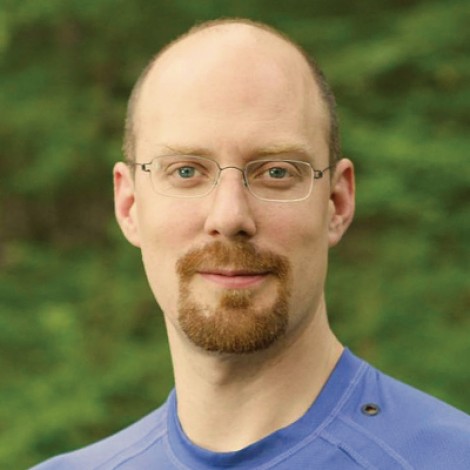
Home Base: Garrison, New York
Style: Hatha Yoga
Yoga is a family affair for Charles Matkin. He was born in Canada and raised in a meditation community in Iowa. But as a teenager Matkin rebelled against his spiritual roots, refusing to meditate and eventually moving to Manhattan, where he worked three jobs, took premed classes, and dabbled in acting—the period he now lovingly refers to as his “jerk years.” Eventually, Matkin returned to the mat and studied many styles of yoga, trying to build his own context.
“No dogma” is how Matkin sums up his current approach to teaching. “I try to teach a range of principles rather than rules,” he says. From the many disciplines he has studied—Feldenkrais to Iyengar Yoga to Jivamukti, and more—he now feels equipped to use whatever method or tool he believes will best reach his students and help them on their path. He keeps classes playful by injecting quirky observations and jokes. “There’s humor in my classes so people can laugh at themselves,” he says. “It’s supposed to be ‘enlightenment,’ not ‘enslavement.’”
Karina Ayn Mirsky
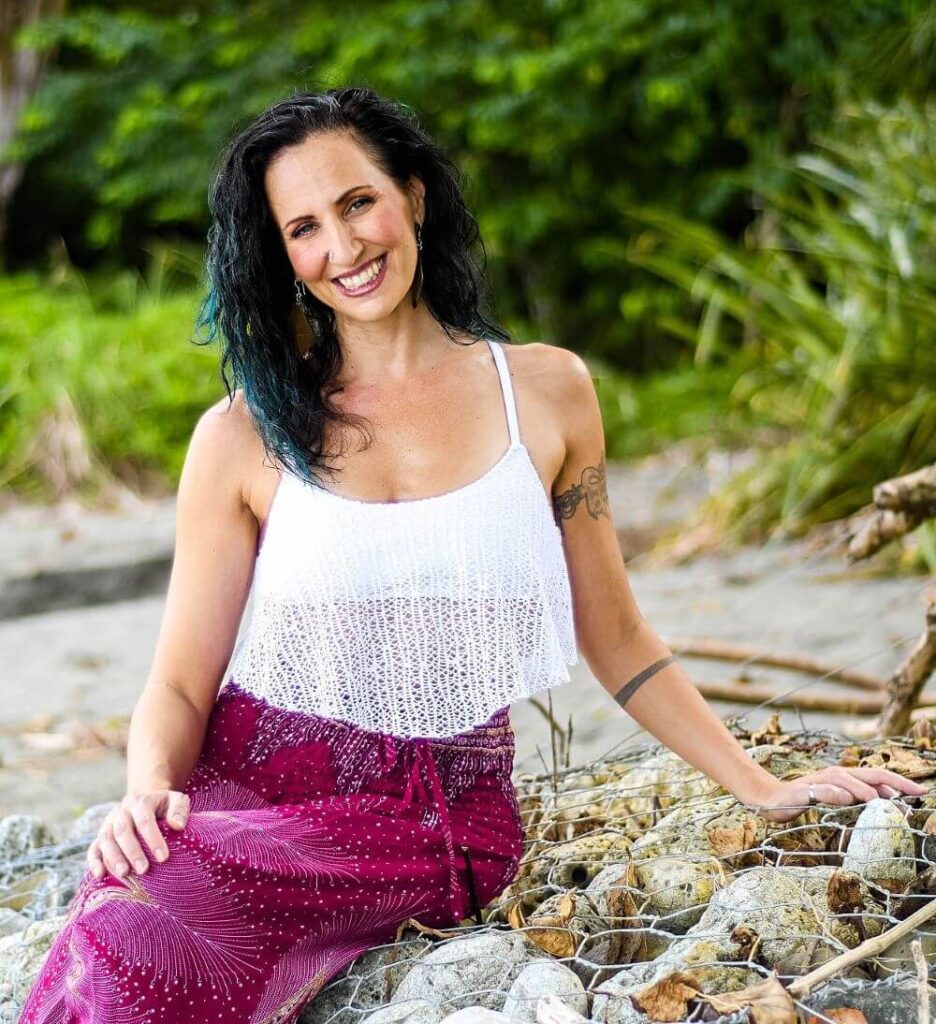
Home Base: Kalamazoo, Michigan
Style: Para Yoga
“Connecting to a 5,000-year-old tradition of saints and sages lends a unique quality to meditation practice. I’ve had moments of feeling as if I’m in the presence of those who have done these techniques over centuries,” says Karina Ayn Mirsky. This feeling of unseen support carried her through a diagnosis of lymphatic cancer at age 27, and she credits her survival to that support. “I felt guided and held by the grace of my tradition, its teachers, and its ancients,” she says. Her personal practice informs her teaching, but she’s adamant that what’s right for one person might not be right for another. “My approach to teaching is holistic and individualized. It draws from my experience as a woman; massage therapist; cancer survivor; and student of psychology, yoga, Tantra, and Ayurveda. I study the nature of minds and bodies as they fluctuate with the time of day, season, phases of life,” says Mirsky.
Alanna Kaivalya
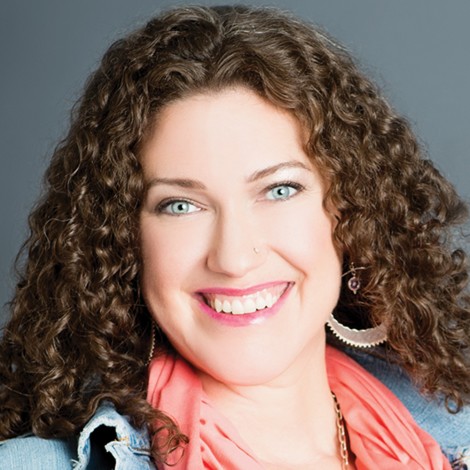
Home Base: New York City
Style: Jivamukti Yoga
Alanna Kaivalya usually begins class with a guitar in hand or sitting in front of a harmonium. She offers a Sanskrit chant related to a specific theme or turns her students on to a creative riff such as Buffalo Springfield’s “For What It’s Worth,” transforming it into a lead-in for a mantra-like Om Namah Shivaya. The music and chanting captivated her when she took her first Jivamukti Yoga class six years ago. Kaivalya has always believed that music has great power to influence positive change in people. Born with a hearing impediment, she says music has given her a profound vehicle for self-expression.
She says she believes that within each student lies a vast wellspring of love and potential—and it’s her job as a teacher to draw that out. Her classes blend rigorous poses and soothing adjustments with bursts of yoga philosophy. And the effect is a contemporary understanding of ancient knowledge that can inspire even the most stressed-out type-A New Yorker. Her oft-repeated advice to all is “Don’t miss the vibrations!”
Monique Schubert
Home Base: New York City
Style: Kripalu Yoga
“I want yoga to be healing [for others] because it was for me,” says Monique Schubert, a Kripalu-certified instructor who took up yoga in college but found her mentor when she began taking classes at the home of Kripalu Yoga teacher Maya Breuer. Schubert started with Breuer when she was 24, and after a lifetime of bad posture, yoga finally helped her to stand up straight. It also helped her resolve grief and depression, inspiring her to help others, starting with children. The notion of teaching kids came to her in a flash during her training. “I saw myself teaching young people,” she says.
“I can’t counsel them, but I can offer something to alleviate the sadness.”Schubert now teaches students all over New York City, through schools and special programs. For three years she taught incarcerated teens. “They inspired me to practice harder because they would ask these questions—and you knew [that] if you were faking it, you were going to get exposed,” She says. Her classes focus on traditional poses such as Tree, Cobra, Warrior, and Sun Salutations—asanas that beginners can do well and then grow with. “I teach the basics because I want everyone to have the real tools they need to help themselves,” she says. “As all the yogic scriptures say, the external teacher awakens the inner teacher.”
Simon Park
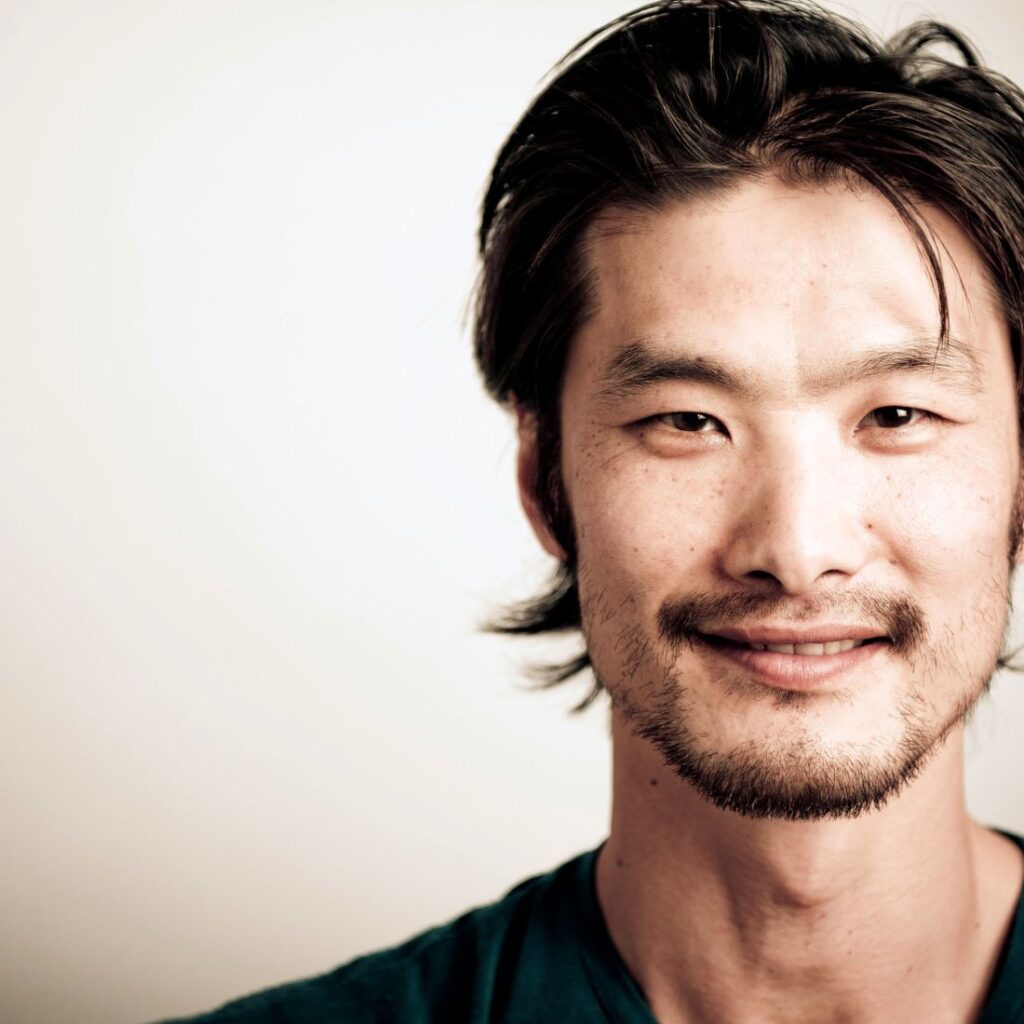
Home Base: New York City & Philadelphia
Style: Flow Yoga
Simon Park remembers how, as a small child in rural Korea, he had an image of being a primal warrior. But all that changed when he was five and his family moved to Philadelphia. Eager to be an all-American kid, Park played baseball, football, and basketball. It took years for him to reconnect with the primal part of himself. He found it when he was an undergraduate at UCLA. He stumbled upon Shiva Rea‘s yoga class in the World Arts and Cultures department. It took Park some time to warm up to the practice, but once he did, he found it healing for his body and his mind. “Yoga allowed me to open to people a lot more,” he says. “Shiva helped me find the bridge between the seeming dichotomy of being a fierce, primal warrior and a soft, open-hearted yogi.”
Park considers himself an “energy-centered practitioner” and focuses on helping students find the flow of energy in their bodies through movement and self-observation. “Alignment is important, and the breath is important, but I’m trying to teach students to understand energy to heal their own bodies and find freedom. Yoga is a method to free yourself in the world—to be happier and more genuine and more connected to people. I try to give that spirit in the classroom.”
Join Our Yoga Teacher Training And Main Event








